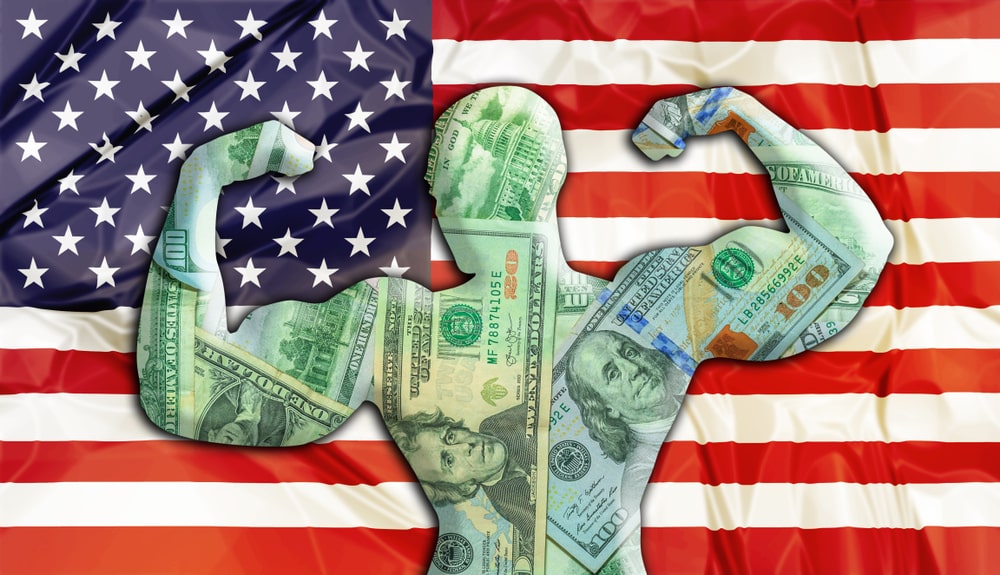
The US dollar continued to shy away from its low performances of last week as this week dawned – with the currency managing to remain firm in its pair against the Japanese yen and other major currencies.
The dollar index, which tracks the performance of the currency in comparison to several others around the world, was spotted at 97.644.
Despite the “safe haven” nature of the yen and the ongoing worries around global trade, the dollar did well against the yen – achieving a firm position of 108.56.
In the single European currency pair, the dollar was spotted at $1.1064.
However, this treading of the foreign exchange market’s waters rather than a big surge in its position was largely due to the global markets looking ahead to various major events over the next few days.
There are several key possibilities on the horizon, many of which are adding uncertainty to the market.
The general election in the UK is set to take place on Thursday and is likely to be a significant moment in the ongoing Brexit saga.
Opinion polling continues to predict that the Conservative government will be re-elected, potentially with the parliamentary majority needed to get a Brexit deal through the House of Commons.
Early results are expected to be released late on Thursday evening, with the full result known by Friday morning.
The pound was seen at $1.3144, close to its highest point for seven months – which it saw last week.
Prior to that, the markets will have to overcome the hurdle of the US Federal Reserve’s interest rate setting meeting.
This is set to take place on Wednesday and is likely to result in rates being held where they currently are.
The same thing is expected to happen in Europe when the European Central Bank meets to set its interest rates.
Another key issue for the markets is expected to be the US-China trade dispute, which threatens to continue to hang over global trade.
This Sunday, the US-imposed date on which tariffs against China are set to kick in will arrive – and so far there have been mixed signals from the US government about what this might mean.
According to Larry Kudlow, who works for President Donald Trump in the White House as an economic adviser, the date is still active – and the tariffs will kick into force later this week.
However, Sonny Perdue, who is the country’s agriculture secretary, indicated the opposite by suggesting that there was a chance of them being pulled and not actually being put into place – leaving the two nations in a position of uncertainty.
Despite the trade problems, the trade-sensitive Antipodean currencies both surged ahead.
The Australian dollar was seen at $0.6824 in its pair against the US dollar, while the New Zealand dollar was also higher at $0.6548 in that pair.
Usually, these currencies do not do well during times of trade uncertainty – especially where China, one of Australia’s main trading partners, is involved.
 Between 74-89% of CFD traders lose
Between 74-89% of CFD traders lose  Your capital is at risk
Your capital is at risk  Your capital is at risk
Your capital is at risk  Your capital is at risk
Your capital is at risk